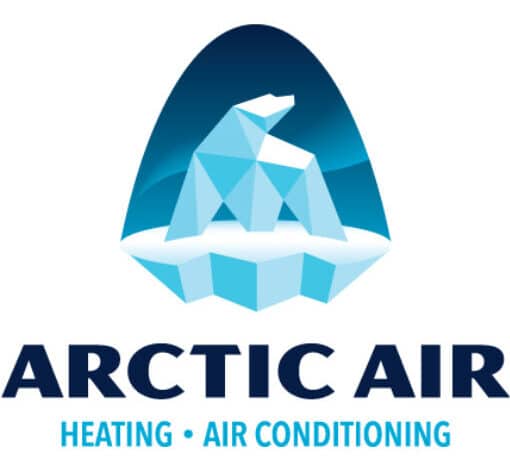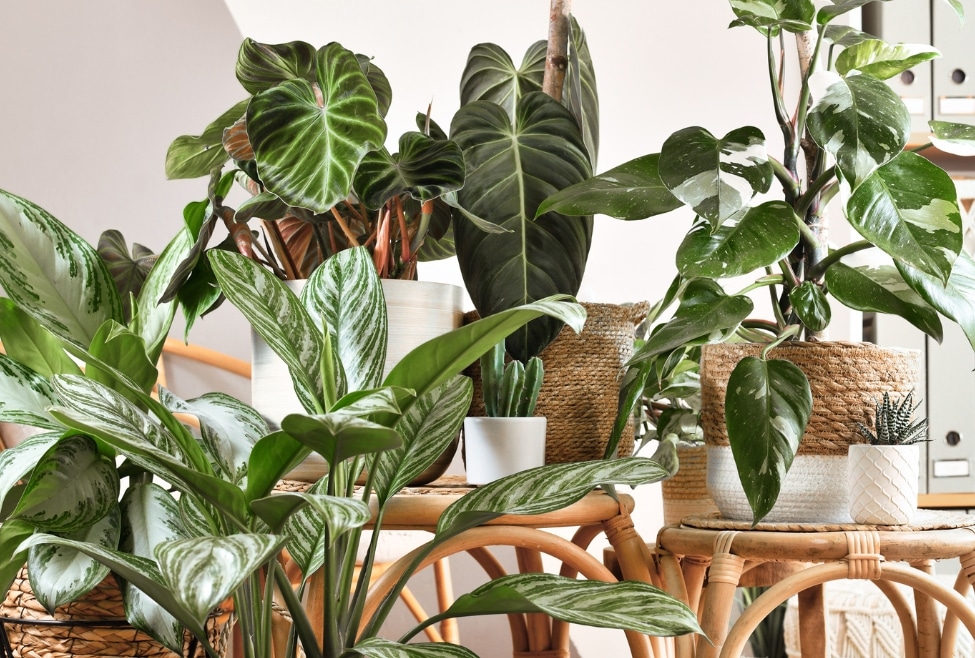7 Simple Ways to Improve Your Indoor Air Quality
Enhance Your Indoor Air Quality Today
Are you concerned about the air quality in your home? Poor indoor air quality can lead to various health issues, including allergies and respiratory problems. Fortunately, there are several simple ways you can improve the air you breathe indoors. In this blog post, we’ll explore seven effective strategies to enhance your indoor air quality.
Keep Your Home Clean
Regular cleaning is essential for maintaining good indoor air quality. Dust and allergens can accumulate on surfaces, carpets, and upholstery, so be sure to vacuum and dust your home regularly. Additionally, don’t forget to clean or replace air filters in your HVAC system to prevent the circulation of airborne pollutants.
Increase Ventilation
Proper ventilation is crucial for reducing indoor air pollutants. Open windows and doors whenever possible to allow fresh air to circulate throughout your home. You can also use exhaust fans in bathrooms and kitchens to remove moisture and odors, improving indoor air quality.
Control Humidity Levels
Excess humidity can create an environment where mold and mildew thrive, leading to poor indoor air quality. Use a dehumidifier to maintain optimal humidity levels in your home, especially in areas prone to moisture buildup like basements and bathrooms. Keeping humidity levels between 30-50% can help prevent mold growth and improve air quality.
Invest in Houseplants
Certain houseplants can help purify the air by absorbing harmful pollutants and releasing oxygen. Consider adding plants like spider plants, peace lilies, and snake plants to your home to naturally filter indoor air. Not only do they enhance air quality, but they also add a touch of greenery to your living space.
Avoid Harsh Chemicals
Many household cleaning products and air fresheners contain harsh chemicals that can contribute to indoor air pollution. Opt for natural cleaning solutions or products labeled as “green” or “eco-friendly” to minimize exposure to harmful chemicals. You can also make your own cleaning solutions using simple ingredients like vinegar and baking soda.
Keep Smoking Outdoors
Cigarette smoke is a significant source of indoor air pollution, containing thousands of harmful chemicals. If you or someone in your household smokes, make it a rule to smoke outdoors to prevent tobacco smoke from contaminating indoor air. This simple step can significantly improve indoor air quality and reduce health risks associated with secondhand smoke.
Schedule Indoor Air Quality Testing
For a comprehensive assessment of your indoor air quality, consider scheduling professional indoor air quality testing. A qualified technician can identify specific pollutants present in your home and recommend effective solutions to address them. Contact Arctic Air for indoor air quality testing near me in Palmdale, Lancaster, and Quartz Hill.
Take Control of Your Indoor Air Quality with Arctic Air
Improving your indoor air quality is essential for creating a healthy and comfortable living environment for you and your family. By implementing these simple strategies, you can breathe easier knowing that you’re taking steps to enhance the air quality in your home. Take control of your indoor air quality today and enjoy a cleaner, healthier living space.
Ready to improve your indoor air quality? Contact Arctic Air at 661-550-1364 or fill out our online form for expert indoor air quality testing and solutions in Palmdale, Lancaster, and Quartz Hill. Breathe easier with Arctic Air!
FAQs
How to make indoor air quality better?
Improving indoor air quality can be achieved through regular cleaning and maintenance practices. Vacuum carpets and upholstery frequently to reduce dust and allergens. Use natural cleaning products to minimize chemical emissions. Ensure proper ventilation by opening windows when possible and using exhaust fans in kitchens and bathrooms. Consider investing in air purifiers with HEPA filters to capture airborne particles effectively. These steps help create a healthier indoor environment for you and your family.
What are 10 ways to reduce air pollution?
Reducing air pollution starts with reducing personal carbon footprints. Use energy-efficient appliances and vehicles. Support renewable energy sources like solar and wind power. Reduce, reuse, and recycle to minimize waste and landfill emissions. Plant trees and create green spaces to absorb carbon dioxide. Advocate for clean air policies and regulations. These actions contribute to improving outdoor and indoor air quality, benefiting communities and ecosystems alike.
What are 5 sources of indoor pollution?
Indoor pollution sources include tobacco smoke, which contains harmful chemicals that linger in indoor spaces. Household cleaning products emit volatile organic compounds (VOCs) that contribute to indoor air pollution. Mold and mildew growth in damp areas release spores, leading to respiratory issues. Gas stoves and heaters emit nitrogen dioxide, impacting indoor air quality. Building materials like asbestos and formaldehyde from furniture can also release harmful pollutants into the air.
How to purify air at home?
Purifying indoor air involves several effective strategies. Use high-efficiency air filters in HVAC systems to trap particles like dust, pollen, and pet dander. Consider portable air purifiers with HEPA filters for specific rooms. Increase ventilation by opening windows and using fans to circulate fresh air. Maintain indoor humidity levels between 30% to 50% to discourage mold growth. Regularly clean surfaces and vacuum carpets to reduce dust accumulation. These practices help maintain clean and healthy indoor air quality.
What to do for poor air quality?
During periods of poor air quality, take immediate steps to minimize exposure to pollutants. Stay indoors and keep windows closed to prevent outdoor pollutants from entering. Use air purifiers with HEPA filters to remove airborne particles. Avoid using products that emit VOCs, such as paints and cleaning supplies. Keep humidity levels low to discourage mold growth. Consider wearing masks or using respirators if outdoor activities are necessary. Monitoring indoor air quality regularly helps identify and mitigate potential risks.


